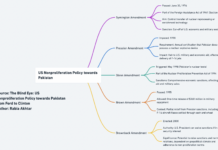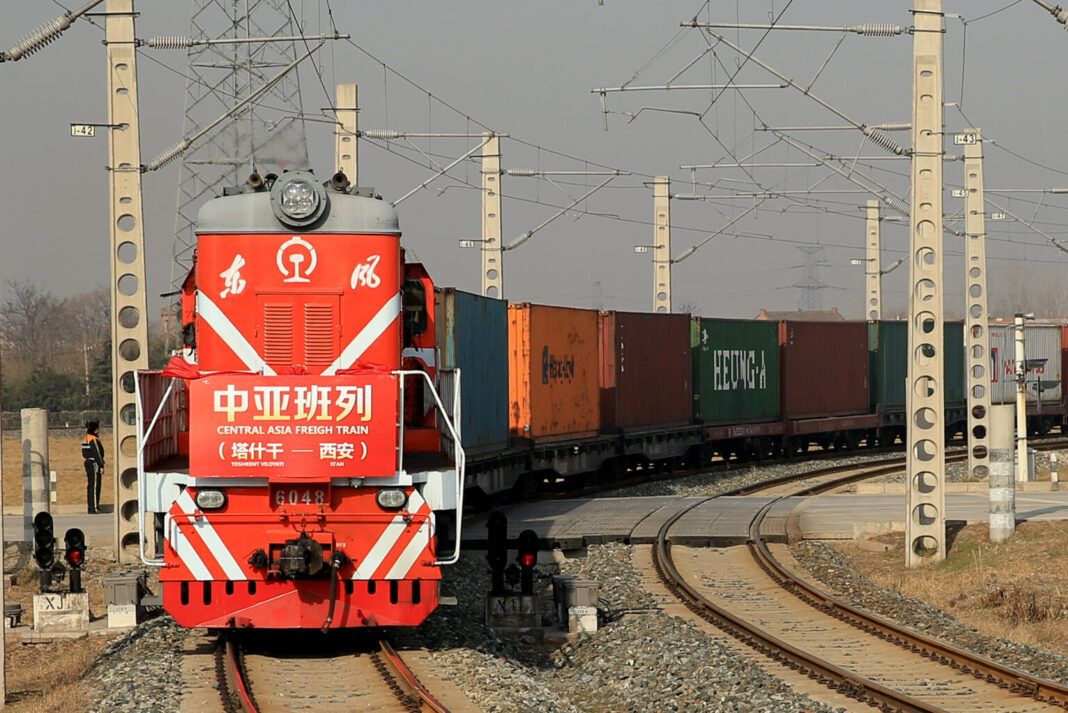Afnan A. Ghaffar
A state’s geography has a direct bearing on its foreign policy as it brings both opportunities and challenges to the fore. This is why states center their efforts on leveraging their locations or taking advantage of those of others. Central Asia is one such geographic region that gets attention from major powers. It is situated at the center of Eurasia, including historic trade routes like the Silk Road, which connected the East and the West. The region was imagined and reinvented as a Silk Road that connected China to the Roman Empire. British geographer, Sir Halford Mackinder, in his article titled “Geographical Pivot of History” stated that it is the Heartland (Eurasia) that served as the pivot of all geopolitics within a World Island. Certainly, its abundant natural resources, rich cultural legacy, and strategic location make Central Asia a vital arena of regional and global politics. Central Asian Republics (CARs) also share borders with two major powers, Russia and China. Thus, it is fast- emerging as an important geopolitical and geoeconomic hotspot. The region provides a transit nexus within the Eurasian continent. All this makes CARs quite significant for China, which is a major player in the region.
Notably, Central Asia is a key part of China’s Belt and Road Initiative (BRI). By strengthening cooperation with CARs through BRI, China can take giant steps towards achieving its dream of reviving the old Silk Road. Doing so will help open up a crucial transportation hub for regional and global trade. Moreover, building a network of roads, railroads, ports, and other infrastructure projects will lead to multidirectional connectivity.
China realized that such an opportunity existed. Therefore, in 2013, Chinese President Xi Jinping launched BRI in a speech at Kazakhstan’s Nazarbayev University. Xi reminded everyone about the historical linkages between China and CARs, stressing that both should work together on building a modern version of the ancient Silk Road. Looking from a Central Asian perspective, BRI is an important gateway to international markets. Through BRI, the landlocked Republics will have access to the warm waters and global markets. Consequently, this will pave the way for economic growth and development going forward.
Beijing, too, stands to benefit from CARs. Its growing economy needs constant supplies of diversified sources of energy for sustainability. For that, China looks upon its Central Asian neighbours, who have an abundance of natural resources, such as gas. Energy trade routes from Central Asia will be cost-effective for China. Thus, it is the region’s pivotal location and energy resources that have attracted Chinese policymakers.
Combining China’s enormous financial muscle with Central Asia’s plethora of natural resources will greatly advance regional economic development, creating a win-win situation for both sides. The two major Chinese energy projects in the region were inaugurated even before BRI was launched. These include an oil pipeline from Kazakhstan and a gas pipeline from Turkmenistan, which turned out to be greatly beneficial in terms of increasing exports for the Central Asian market and improving bilateral relations between the Republics and China.
Table 1: Two major Chinese energy projects in Central Asia.
| Inauguration Year | Current Status | Total cost of building the pipeline | |
| Kazakhstan-China Oil Pipeline | 2009 | Completed | Estimated $3 billion |
| Turkmenistan-China Gas Pipeline | 2009 | 3 of its 4 routes are officially running. The 4th route (Line D) is expected to be running fully in 2024. | Line A-C: Estimated $ 14-20 billionLine D: $ 6.7 billion |
Source: Created by the author using data from Journal of Inter-Regional Studies: Regional and Global Perspectives (JIRS) and The People’s Map of Global China
Table 2: Chinese Investment in Central Asia
| Central Asian Republic | Amount in USD |
| Uzbekistan | $25 billion |
| Kazakhstan | $22 billion |
| Tajikistan | $500 million |
| Kyrgyzstan | $43 million |
| Turkmenistan | $457 million |
Source: Created by the author using data from Silk Road Briefing (2023)
The statistics mentioned above show Chinese policymakers’ interest in Central Asia. However, even a dominant power needs to offer economic incentives to, and build political constituencies in, recipient states. As of today, China’s political ingress in Central Asia is less than that of Russia, which has always been the dominant power in the region despite the collapse of the Soviet Union. This is due to Russia’s strong, deep-seated linguistic, cultural, and socio-political linkages to the region. The dissolution of the Soviet Union, however, left a structural void in the region, which China took note of. It approached the region differently because its concept development was and is not similar to that of Russia. The latter relies on mixing financial aid with control over energy supplies and infrastructure. On the other hand, China concentrates on stabilizing countries through economic incentives, not military or security tools. China focuses on economic development and strategic partnership rather than aid or interferences in the internal affairs of other countries. This approach has resonated well with Central Asian elites who want to retain control and ensure that their countries’ economies grow.
Luckily, both China and Russia know the importance of maintaining and increasing influence in the region. Therefore, they also acknowledge each other’s strengths and weaknesses. Both are committed to increasing cooperation in order to advance regional development. Platforms like the Shanghai Cooperation Organisation (SCO) provide mechanisms for resolving key regional issues. Founded in 2001, SCO originally focused on getting rid of the “three evils” in the region: terrorism, separatism, and extremism. Now, SCO has become a significant platform, enabling China to expand its economic and energy ties with CARs. China’s focus on strengthening regional frameworks like SCO empowers and accords greater importance to CARs. This is likely to enhance regional cooperation going forward.
In addition to BRI, Russia’s Eurasian Economic Union (EAEU) is another regional project in which CARs have major stakes. Realizing this, Russia and China have openly stressed the need for cooperation rather than competition, signing official documents in order to harmonize their interests in Central Asia. They have agreed to establish stronger linkages between China’s BRI and Russia’s EAEU.
Now, with geopolitics in the region becoming complex, the question of who ultimately claims the Heartland is difficult to answer. However, as BRI brings in Beijing’s investments, CARs and China’s influence there will be instrumental in shaping regional and global politics.
Afnan A. Ghaffar is Research Assistant, Center for Security, Strategy and Policy Research (CSSPR).
The article was originally published here.
The views expressed in the article are the author’s own and do not necessarily reflect those of Pakistan Politico.

















